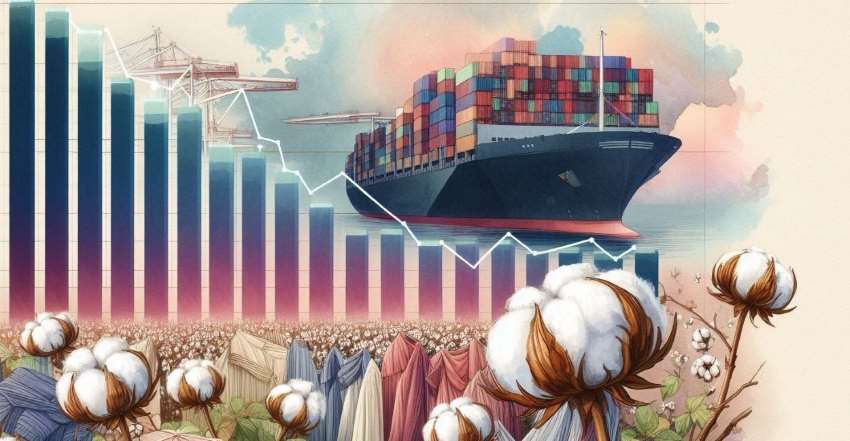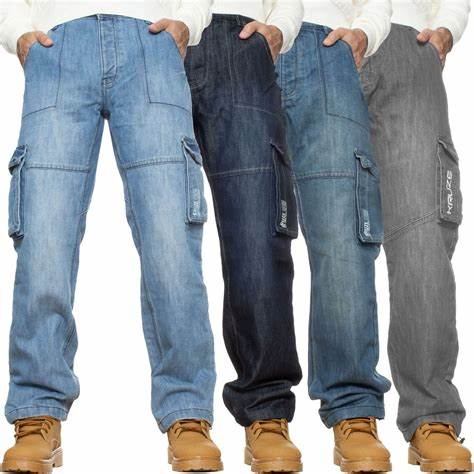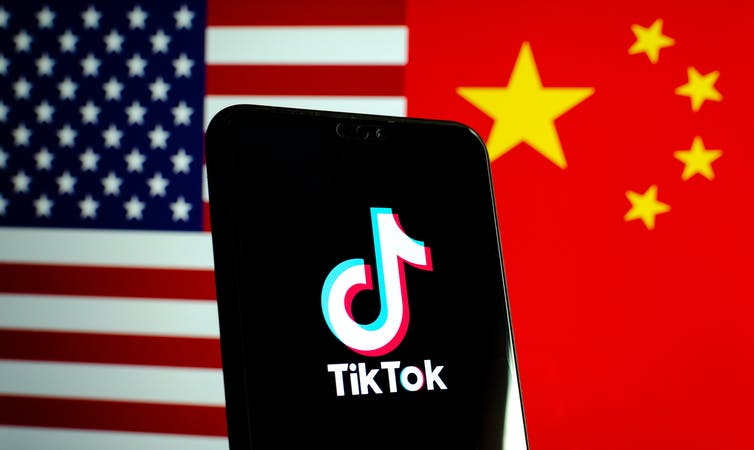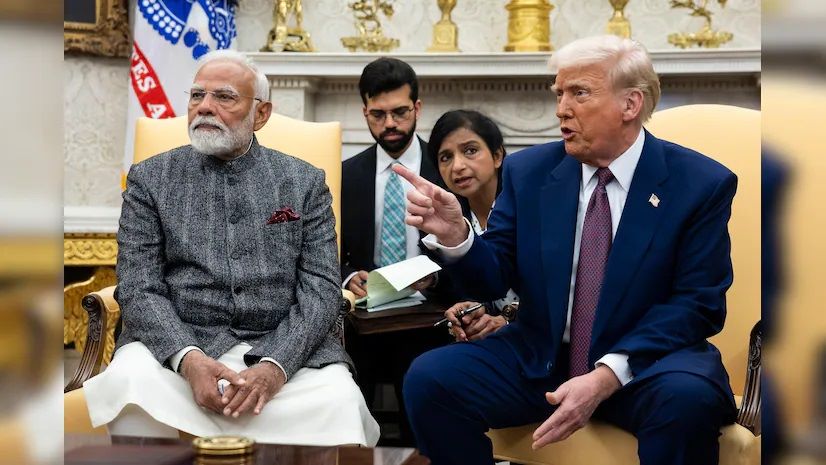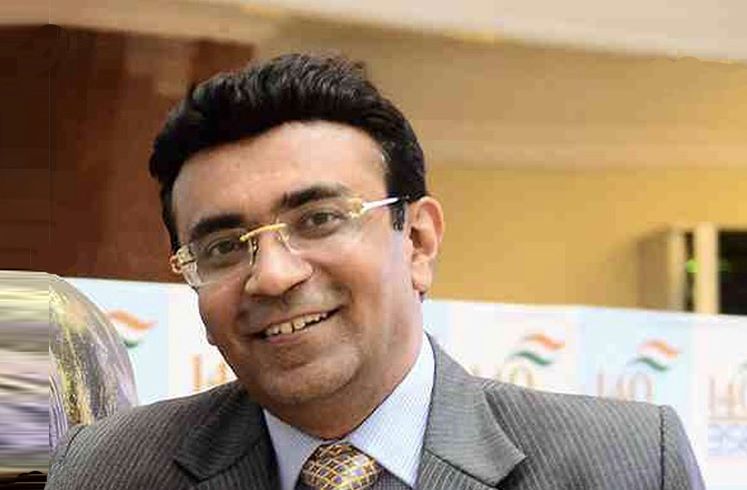
Time is ripe for Indian manufacturers and exporters of lifestyle products to leverage fresh opportunities. Post-pandemic, international markets are reopening to exports from India whilst the local market is seeing a buy-in to locally manufactured products.
However, all isn’t hunky dory as the rupee is in a continuous fall, pushing up cost of imported raw material, the reality of ever-growing inflation, and geo-politics contributing to cautious plans and disruption in logistics. Facing these challenges may seem a big obstacle but optimism is in the air as the smart manufacturers and exporters are coming up with solutions on the way forward to ride the wave of growing international markets and rise in local purchase.
In fiscal year 2022, India exported ready-made garments including textiles worth of more than INR 1194 billion. Comparing to the previous year which totaled INR 906 billion, the indication is that of a positive growth trend. According to Invest India reports, India scaled its highest ever exports tally at USD 44.4 billion in Textiles and Apparel (T&A) including Handicrafts in FY 2021-22, indicating a substantial increase of 41% and 26% over corresponding figures in FY 2020-21 and FY 2019-20, respectively.USA was the top export destination accounting for 27% share, followed by EU (18%), Bangladesh (12%) and UAE (6%).
According to McKinsey’s Fashion Scope, the Indian domestic market is also growing in leaps and bounds. Expected to cross $59 billion in 2022, India’s domestic garment consumption will be the sixth-largest market in the world.
Brands have to be omni-channel
Two years of Covid has permanently changed the shopping experience as narrated by the success of brands that leveraged online retail to their advantage. Brands no longer have a choice but to be omni-channel to not only garner repeat purchase but to also get their desired outreach targets.
Is sustainability acknowledged?
Despite nay sayers, fast fashion keeps growing exponentially in India, and the pandemic-lockdown mindset continues to seek instant gratification through the various channels of fast fashion. There is an ongoing debate in India about the trending topic of sustainability which affects fast fashion. Recently, YouGov’s Indian consumer survey reported that most shoppers consider a sustainable manufacturing process important in their decision making for purchase. This new data showed 83% of urban-based shoppers have sustainability on their mind. Whilst the survey showed the awareness and preference for sustainability, the key drivers continue to be price, fabric and design led. Indian manufacturers are trying to bring in sustainable fibres whilst trying to keep costs down, a task that currently seems challenging.
Supply chain will determine market success
Industry experts reiterate the importance of a seamless supply chain to make the sector not only viable but also continue the growth momentum. A robust ecosystem of infrastructural support and capability is the need of the hour according to their projection of the near future. The success of the sector is highly dependent on sourcing of raw material on time as well as keeping the logistical cost viable in times of rise in fuel prices. Supply chains also need to embrace digital transformation rapidly to manage the growth and demand scenario through error-free inventory, production capability and distribution management.
To conclude, Indian manufacturers and exporters have the solutions to be competitive but require more governmental support to give them the winning edge.

